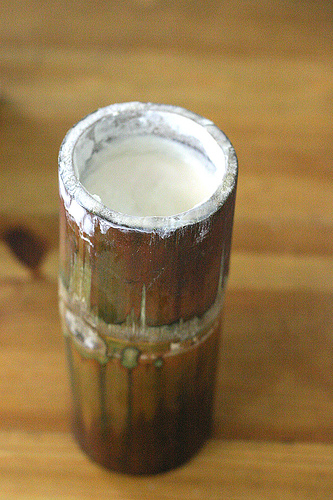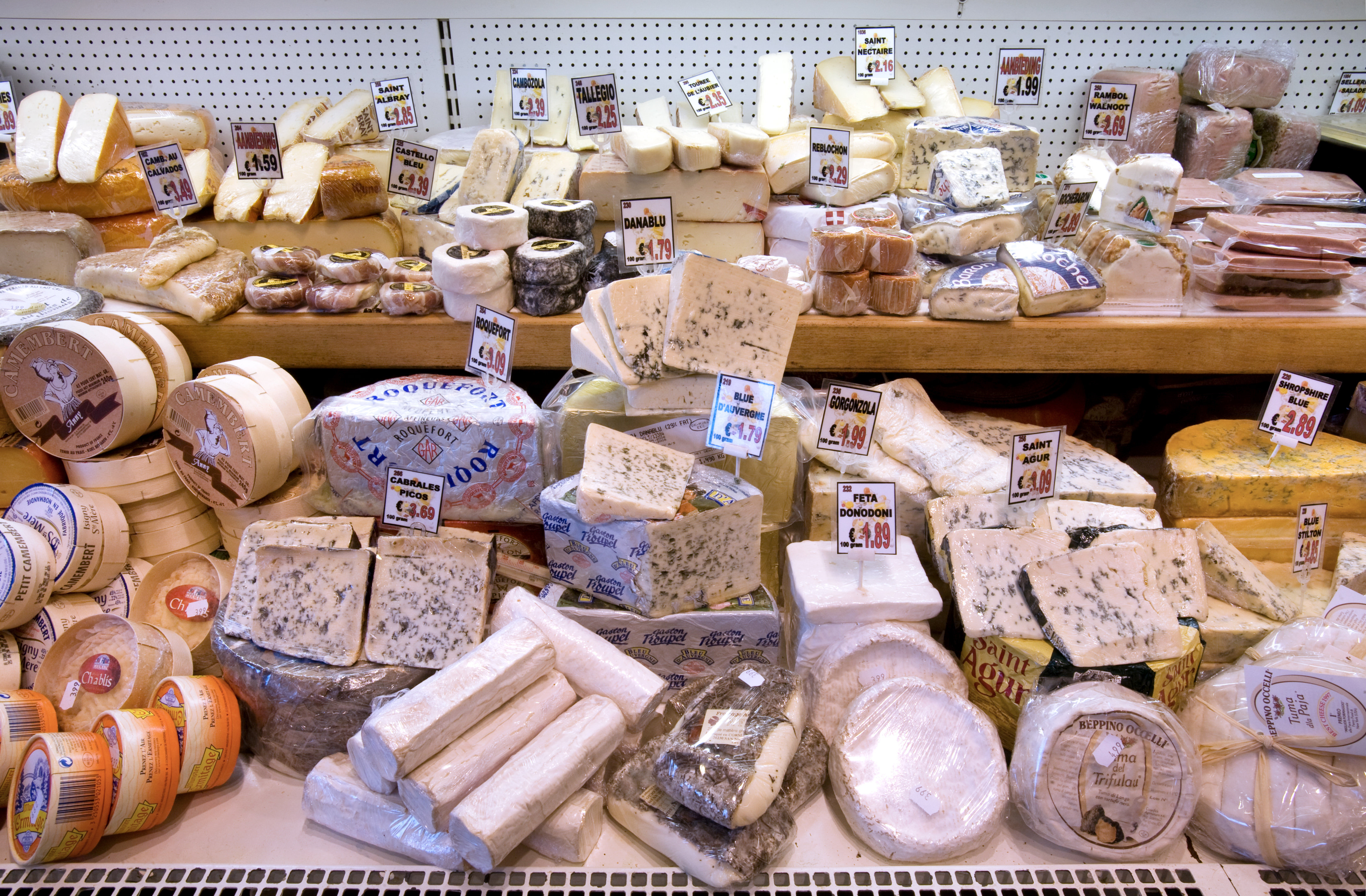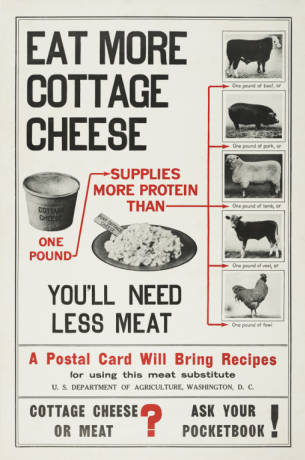|
Çökelek
Çökelek () is a fermented and acid/heat coagulated fresh cheese from Turkey and Azerbaijan. It can be produced from heating fermented buttermaking by-products such as buttermilk (), though skimmed milk yogurt can also be used as a starting material. It can also be obtained from yayık ayranı through heat exposure. Despite its similar appearance, it is distinct from ''Lor'', a form of curdled whey product similar to cottage cheese. ''Keş'', ''şor'', ''ekşimik'' and ''minci'' are different local names associated with çökelek. According to Sevan Nişanyan, ''çökelek'' is etymologically Turkish in origin. It has been postulated that çökelek had derived from the verb ''çök-'' (to coagulate, to sit in Turkish) and the suffix ''-ak/-ek.'' Oldest written record about the cheese could be dated to 15th century. References See also * Kashk Kashk, kishk, ( ''Kašk'', ), () qurut, kurut, qqet, jameed, shilanch ( Tuvan and , , , , , Tajik: қурут, , Turkish: ''ku ... [...More Info...] [...Related Items...] OR: [Wikipedia] [Google] [Baidu] |
Turkish Cuisine
Turkish cuisine () is largely the heritage of Ottoman cuisine, Ottoman cuisine (Osmanlı mutfağı), European influences, Seljuk Empire, Seljuk cuisine and the Turkish diaspora. Turkish cuisine with traditional Turkic peoples, Turkic elements such as yogurt, ayran, kaymak, gains influences from Mediterranean cuisine, Mediterranean, Balkan cuisine, Balkan, Middle Eastern cuisine, Middle Eastern, Central Asian cuisine, Central Asian and Eastern European cuisine, Eastern European cuisines. Turkish cuisine shows variation across Turkey. The cooking of Istanbul, Bursa, İzmir, and the rest of the Anatolia region inherits many elements of Ottoman court cuisine, including moderate use of spices, a preference for rice over bulgur, koftes, and a wider availability of vegetable stews (''türlü''), eggplant, stuffed dolmas and fish. The cuisine of the Black Sea Region uses fish extensively, especially the European anchovy, Black Sea anchovy (''hamsi'') and includes maize dishes. The cuisi ... [...More Info...] [...Related Items...] OR: [Wikipedia] [Google] [Baidu] |
Curd
Curd is obtained by Denaturation (biochemistry), coagulating milk in a sequential process called curdling. It can be a final dairy product or the first stage in cheesemaking. The coagulation can be caused by adding rennet, a Kefir cheese, culture, or any edible acidic substance such as lemon juice or vinegar, and then allowing it to coagulate. The increased acidity causes the milk proteins (casein) to tangle into solid masses, or ''curds''. Milk that has been left to sour (raw milk alone or pasteurized milk with added lactic acid bacteria) will also naturally produce curds, and sour milk cheeses are produced this way. Producing cheese curds is one of the first steps in cheesemaking; the curds are pressed and drained to varying amounts for different styles of cheese and different secondary agents (molds for blue cheeses, etc.) are introduced before the desired aging finishes the cheese. The remaining liquid, which contains only whey proteins, is the whey. In cow's milk, 90 ... [...More Info...] [...Related Items...] OR: [Wikipedia] [Google] [Baidu] |
Acid Curd
Curd is obtained by coagulating milk in a sequential process called curdling. It can be a final dairy product or the first stage in cheesemaking. The coagulation can be caused by adding rennet, a culture, or any edible acidic substance such as lemon juice or vinegar, and then allowing it to coagulate. The increased acidity causes the milk proteins (casein) to tangle into solid masses, or ''curds''. Milk that has been left to sour (raw milk alone or pasteurized milk with added lactic acid bacteria) will also naturally produce curds, and sour milk cheeses are produced this way. Producing cheese curds is one of the first steps in cheesemaking; the curds are pressed and drained to varying amounts for different styles of cheese and different secondary agents (molds for blue cheeses, etc.) are introduced before the desired aging finishes the cheese. The remaining liquid, which contains only whey proteins, is the whey. In cow's milk, 90 percent of the proteins are caseins. Curds ... [...More Info...] [...Related Items...] OR: [Wikipedia] [Google] [Baidu] |
Fermented Milk Products
Fermented milk products or fermented dairy products, also known as cultured dairy foods, cultured dairy products, or cultured milk products, are dairy foods that have been made by fermenting milk with lactic acid bacteria such as ''Lactobacillus ''Lactobacillus'' is a genus of gram-positive, aerotolerant anaerobes or microaerophilic, rod-shaped, non-spore-forming bacteria. Until 2020, the genus ''Lactobacillus'' comprised over 260 phylogenetically, ecologically, and metabolically div ...'', '' Lactococcus'', and '' Leuconostoc''. The fermentation process increases the shelf life of the product while enhancing its taste and improving the digestibility of its milk. There is evidence that fermented milk products have been produced since around 10,000 BC. A range of different Lactobacilli strains has been grown in laboratories allowing for many cultured milk products with different flavors and characteristics. These bacteria allow the production of many fermented milks ... [...More Info...] [...Related Items...] OR: [Wikipedia] [Google] [Baidu] |
Fresh Cheese
There are many different types of cheese, which can be grouped or classified according to criteria such as: length of fermentation, texture, production method, fat content, animal source of the milk, and country or region of origin. These criteria may be used either singly or in combination, with no method used universally. The most common traditional categorization is based on moisture content, which is then further narrowed down by fat content and curing or ripening methods. The combination of types produces around 51 different varieties recognized by the International Dairy Federation, over 400 identified by Walter and Hargrove, over 500 by Burkhalter, and over 1,000 by Sandine and Elliker. Some attempts have been made to rationalize the classification of cheese; a scheme was proposed by Pieter Walstra that uses the primary and secondary starter combined with moisture content, and Walter and Hargrove suggested classifying by production methods. This last scheme results in 18 ... [...More Info...] [...Related Items...] OR: [Wikipedia] [Google] [Baidu] |
Azerbaijani Cuisine
Azerbaijani cuisine () is the cooking styles and dishes of the Azerbaijan, Republic of Azerbaijan and Azerbaijan (Iran), Iranian Azerbaijan. The cuisine is influenced by the country's diversity of agriculture, from abundant grasslands which historically allowed for a culture of pastoralism to develop, as well as to the unique geographical location of the country, which is situated on the crossroads of Europe and Asia with access to the Caspian Sea. The location has enabled the people to develop a varied diet rich in produce, milk products, and meat, including beef, mutton, fish and Game (hunting), game. The location, which was contested by many historical kingdoms, khanates, and empires, also meant that Azerbaijani cuisine was influenced by the culinary traditions of multiple different cultures, including Turkic cuisines, Turkic, Iranian cuisine, Iranian, and Eastern European cuisine, Eastern European, and many dishes of Armenian cuisine, Armenian and Georgian cuisine, Georgian cu ... [...More Info...] [...Related Items...] OR: [Wikipedia] [Google] [Baidu] |
Butter
Butter is a dairy product made from the fat and protein components of Churning (butter), churned cream. It is a semi-solid emulsion at room temperature, consisting of approximately 81% butterfat. It is used at room temperature as a spread (food), spread, melted as a condiment, and used as a Cooking fat, fat in baking, sauce-making, pan frying, and other cooking procedures. Most frequently made from cow's milk, butter can also be manufactured from the milk of other mammals, including Sheep milk, sheep, Goat milk, goats, Buffalo milk, buffalo, and Yak milk, yaks. It is made by churning milk or cream to separate the fat globules from the buttermilk. Dairy salt, Salt has been added to butter since antiquity to help Food preservation, preserve it, particularly when being transported; salt may still play a preservation role but is less important today as the entire supply chain is usually refrigerated. In modern times, salt may be added for taste and food coloring added for color. Kit ... [...More Info...] [...Related Items...] OR: [Wikipedia] [Google] [Baidu] |
Buttermilk
Buttermilk is a fermented dairy drink. Traditionally, it was the liquid left behind after churning butter out of cultured cream. As most modern butter in Western countries is not made with cultured cream but uncultured sweet cream, most modern buttermilk in Western countries is cultured separately. It is common in warm climates, where unrefrigerated milk sours quickly. Buttermilk can be drunk straight, and it can also be used in cooking. In making soda bread, the acid in buttermilk reacts with the raising agent, sodium bicarbonate, to produce carbon dioxide which acts as the leavening agent. Buttermilk is also used in marination, especially of chicken and pork. Traditional buttermilk Originally, buttermilk referred to the thin liquid left over from churning butter from cultured or fermented cream. Traditionally, before the advent of homogenization, the milk was left to sit for a period of time to allow the cream and milk to separate. During this time, naturally occurr ... [...More Info...] [...Related Items...] OR: [Wikipedia] [Google] [Baidu] |
Skimmed Milk
Skimmed milk (British English), or skim milk (American English), is made when all the milkfat is removed from whole milk. It tends to contain around 0.1% to 0.3% fat. Background Historically, skimmed milk was used for fattening pigs, and was recommended as "not only the very best supplement for growing pigs, but is of almost equal value for fattening purposes" as it "furnishes a complete protein" and makes the feed "more palatable". Terminology In the United Kingdom, milk has been traditionally marketed and labelled as follows since being proposed by John Morris of the British Retail Consortium in 1998, which based the colours on Marks & Spencer cream packaging (blue for double cream, green for crème fraîche and red for single cream): * Whole milk (around 3–4% fat) – Plastic bottles marketed in blue packaging. * Semi-skimmed milk (around 1.8% fat) – Plastic bottles are marketed in green packaging. * Skimmed milk (around 0.1% fat) – Plastic bottles are marketed in r ... [...More Info...] [...Related Items...] OR: [Wikipedia] [Google] [Baidu] |
Yayık Ayranı
Yayık ayranı, also known as Turkish buttermilk, is a traditional Turkish drink produced from fermented buttermaking by-products, water and salt. It has been traditionally prepared in barrel churns or skin bags. Despite the similar name, it is distinct from ayran. Goat, sheep, or cow's milk can be used for Turkish buttermilk production. Certain acid curd cheeses such as çökelek could also be obtained from yayık ayranı when heated. Yayık ayranı is not available on gross markets since it is not produced on an industrial scale, though it is available in local markets. Production Yayık ayranı is made of churned soured yogurt, water and salt. It is mostly produced in rural communities for domestic consumption during buttermaking out of yogurt. In general, yogurt for butter production is fermented longer than usual for extra acid production. The yayık ayranı thus has a distinct sour taste. Lactic acid bacteria isolated from yogurt, fermented butter and yayık ayranı ... [...More Info...] [...Related Items...] OR: [Wikipedia] [Google] [Baidu] |
Cottage Cheese
Cottage cheese is a curdled milk product with a mild flavour and a creamy, heterogeneous, soupy texture, made from skimmed milk. An essential step in the manufacturing process distinguishing cottage cheese from other fresh cheeses is the addition of a "dressing" to the curd grains, usually cream, which is mainly responsible for the taste of the product. Cottage cheese is not Aged cheese, aged. Cottage cheese can be low in calories compared to other types of cheese — similar to yogurt; this makes it popular among dieters and some health devotees. It can be used with various foods such as yogurt, fruit, toast, and granola, in salads, as a dip, and as a replacement for mayonnaise. History Origin A popular story on the origin of cheese was taken from Homer's ''Odyssey'', in which the poet describes how the Cyclops, Polyphemus, made cheese by storing milk in animal stomachs. The enzyme rennin from the stomachs of nursing animals induces a coagulation process separating the curds f ... [...More Info...] [...Related Items...] OR: [Wikipedia] [Google] [Baidu] |







